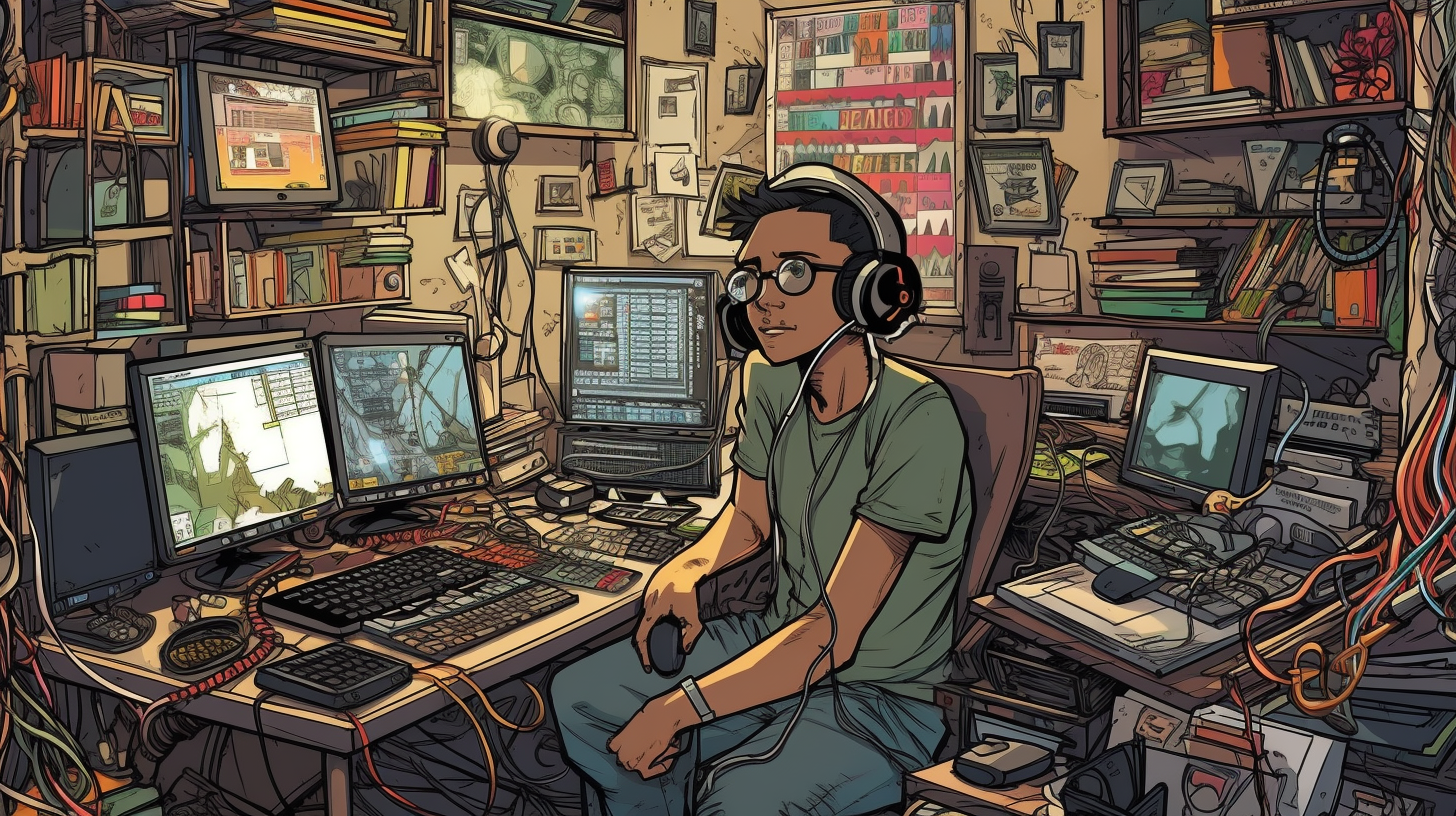Mastering the Art of Communication: Aiming for A+ in your CompTIA A+ Core 2 (220-1102) Exam

Hello, tech enthusiasts! Ever caught yourself skillfully unloading technical jargon in a chat, only to meet a wave of blank stares? Fear not, you'll find yourself in the thick of good company. Even though our instinct tickles us to flaunt our knowledge, we generally let our audience slip away in that pursuit. That's what makes learning proper communication techniques a critical aspect of the CompTIA A+ Core 2 (220-1102) exam. Doesn't sound as thrilling as tearing apart a hardware unit, does it? Stick around though, folks, because there's more than meets the eye here.
Why Communication, and Why Now?
The tech game isn't only about identifying problems and finding solutions now. So it's about time we shatter that hide-behind-the-keyboard stereotype, don't you think, folks? The industry is quickly falling in love with the buzzword, soft skills, particularly communication. Why, you ask? To put it simply, having technology without people is similar to a car missing its driver. It can boast a striking appearance, but isn't it pointless if it remains stationary?
The Journey to Becoming a Communication Guru
Allow us to clear the air right from the word go. Nobody anticipates you morphing into Shakespeare. Communication is less about mastering words and more about delivering your message effectively. So what's the key to mastering proper communication techniques for the CompTIA A+ Core 2 (220-1102) exam? You've possessed it all along, just like Dorothy in the 'Wizard of Oz'! This command boils down to three pivotal pieces: clarity, patience, and empathy.
1. Clarity: Speak to be Understood, not to Impress
In the realm of tech, acronyms and tech-lingo deluge down at a pace that's as swift and intense as a summer squall. Remember though, folks, not everyone speaks in 'tech' tongues. Your role doesn't involve showing off your jargon; it's about ensuring others comprehend. So, ditch the cryptic lingo, and embrace simplicity! Employing clear and precise words doesn't just fortify communication but also curtails confusion. Bear in mind, dear folks, in the end, it isn't about how much techno-gibberish you can express; it's about unpuzzling intricate ideas.
2. Patience: The Art of Listening
Ever got yourself embedded in a dialogue where the other participant is simply itching for their chance to speak? Quite grating, don't you think? Well, I have a piece of news to disclose to you. Listening constitutes a crucial part of communication. It's not just about yearning to respond, but understanding. Successful communicators exercise patience. Just remember, it took more than a day to build Rome, didn't it? So amidst the chaos of IT issues, ensure to pause, take a breather, and lend a listening ear. Patience isn't just a virtue; it's a superpower in communication!
3. Empathy: Walking in their Shoes
Last but not least, empathy. Picture this. You're imparting a complex technical issue to a user, and it simply isn't sinking in. Quite vexing, isn't it? Now, imagine being in their shoes. That's empathy, folks. It's about understanding from their perspective. It goes beyond just tech; it involves the people who utilize this tech. So why not slip into our empathy caps and step into our users' shoes for a mile-long walk?
Professionalism: The Icing on the Communication Cake
High-grade communication skills and professionalism go arm in arm. It's the unsung hero in our journey to becoming communication gurus. Ensuring your reliability, respectfulness, and above all, ethics, carries more significance than any glittering tech-jargon ever could.
Wrapping Up
It has been quite the tempestuous expedition, wouldn't you concur? Here's the one takeaway from this blog post - don't aim to appear smart through competent communication; your goal should be to make others feel smart. Keep this in mind as you explore the complexities of the CompTIA A+ Core 2 (220-1102) exam: not only does the spotlight shine on the tech, but it also brightly lights up the hardworking individuals operating it behind the scenes.
So while you reach for your dictionary of tech-jargon, don't overlook your toolkit of soft skills. The former helps you solve problems, but the latter will help you thrive. Good luck on your journey to A+ communication, folks! You’ve totally got this!